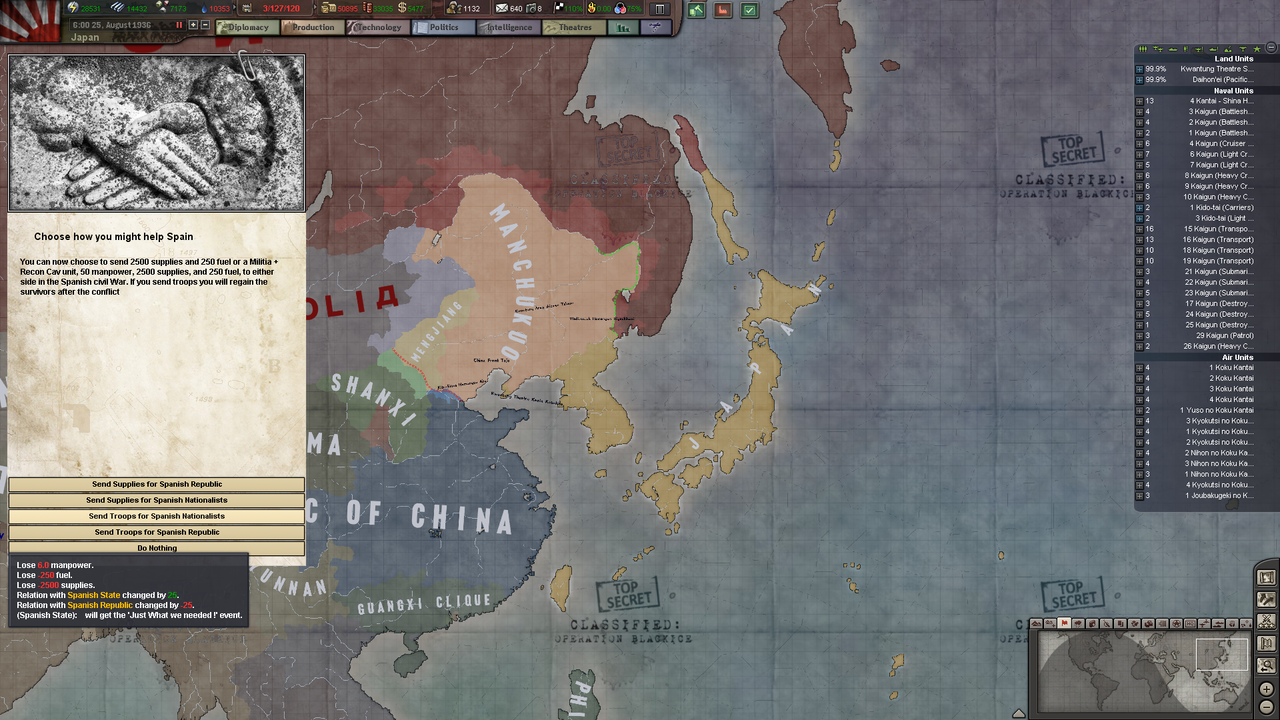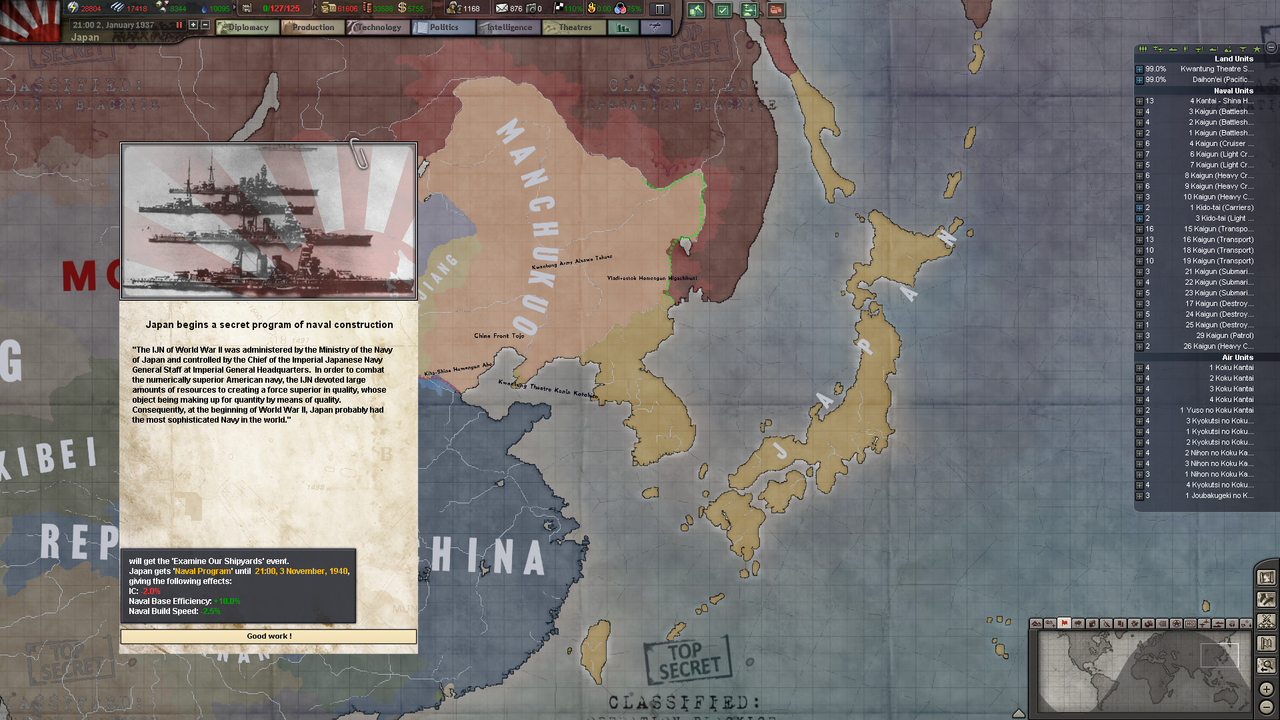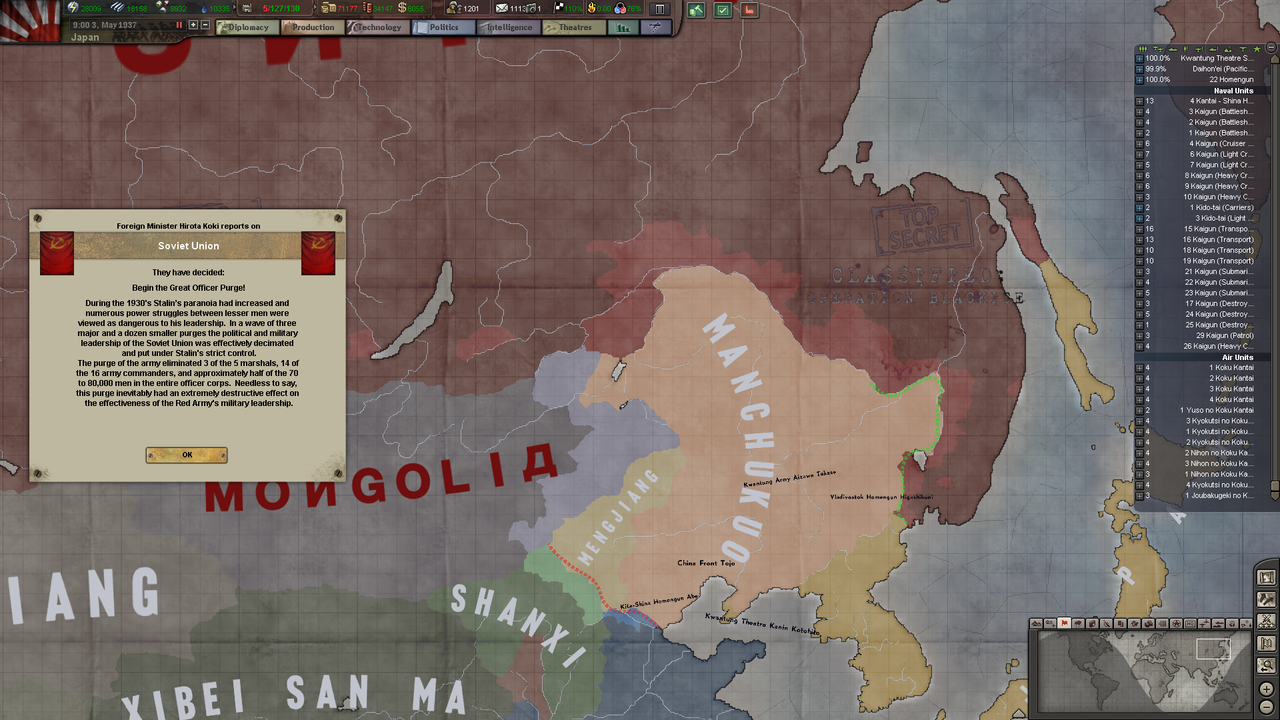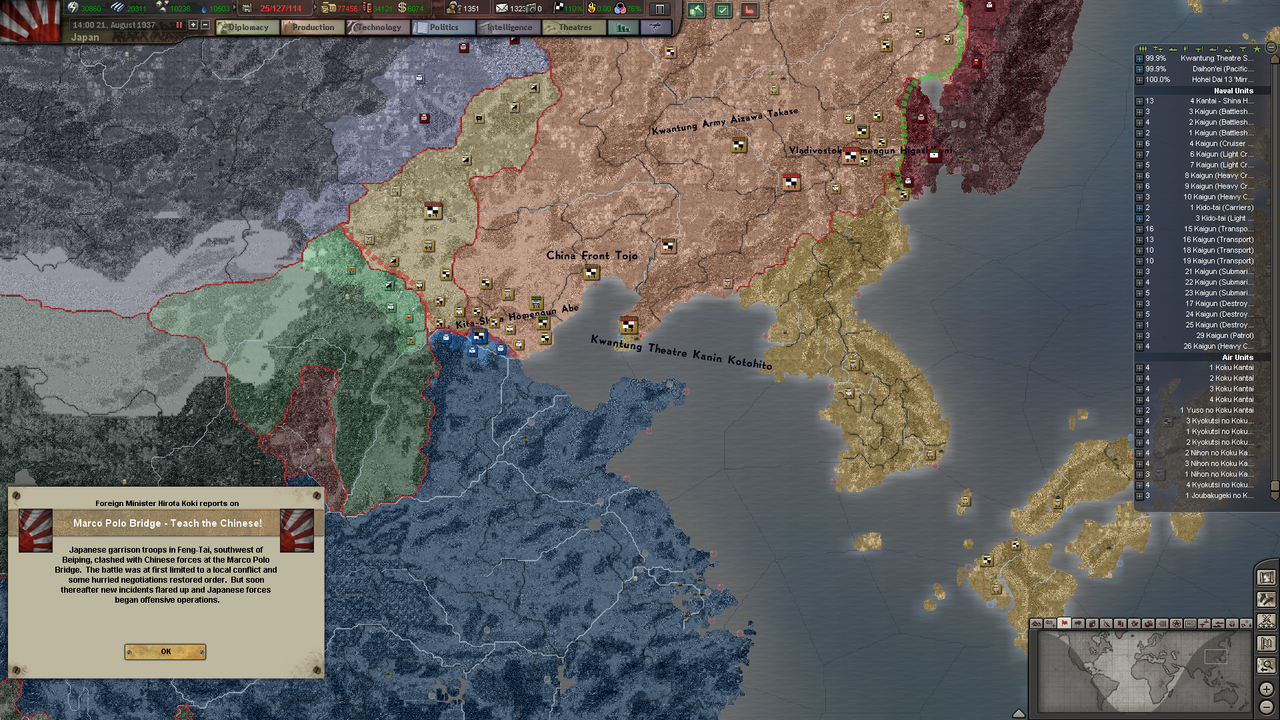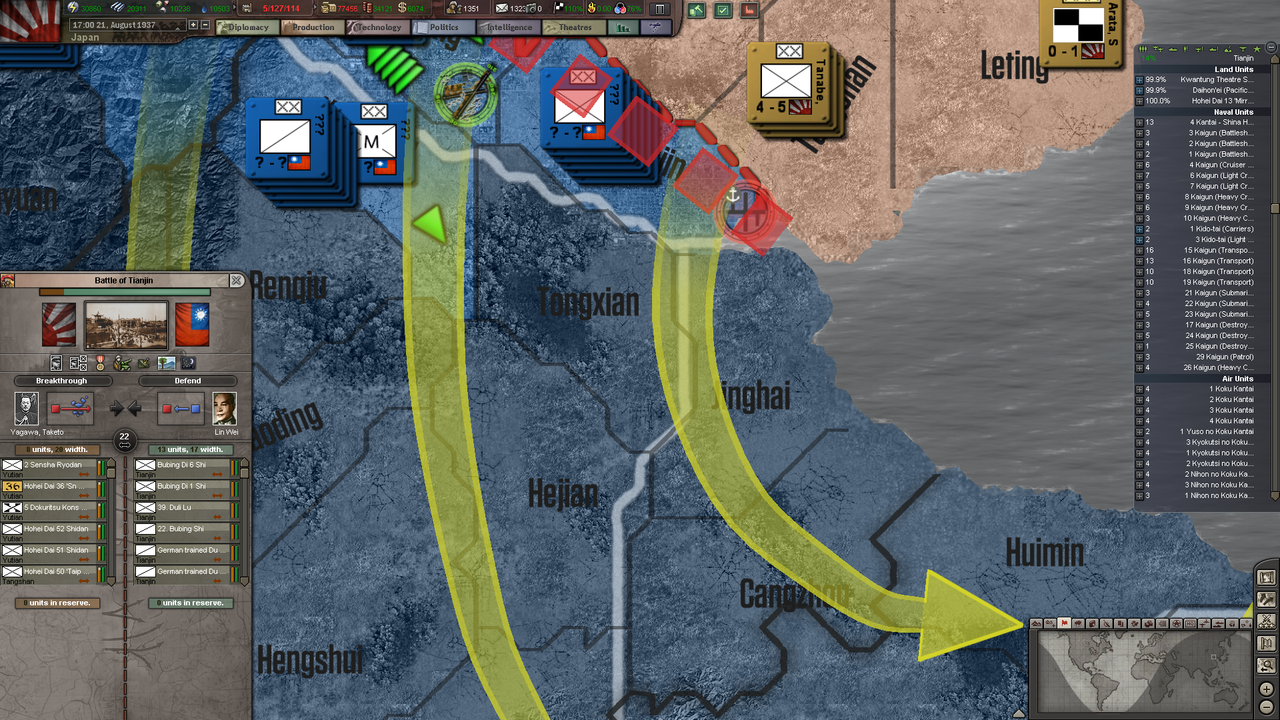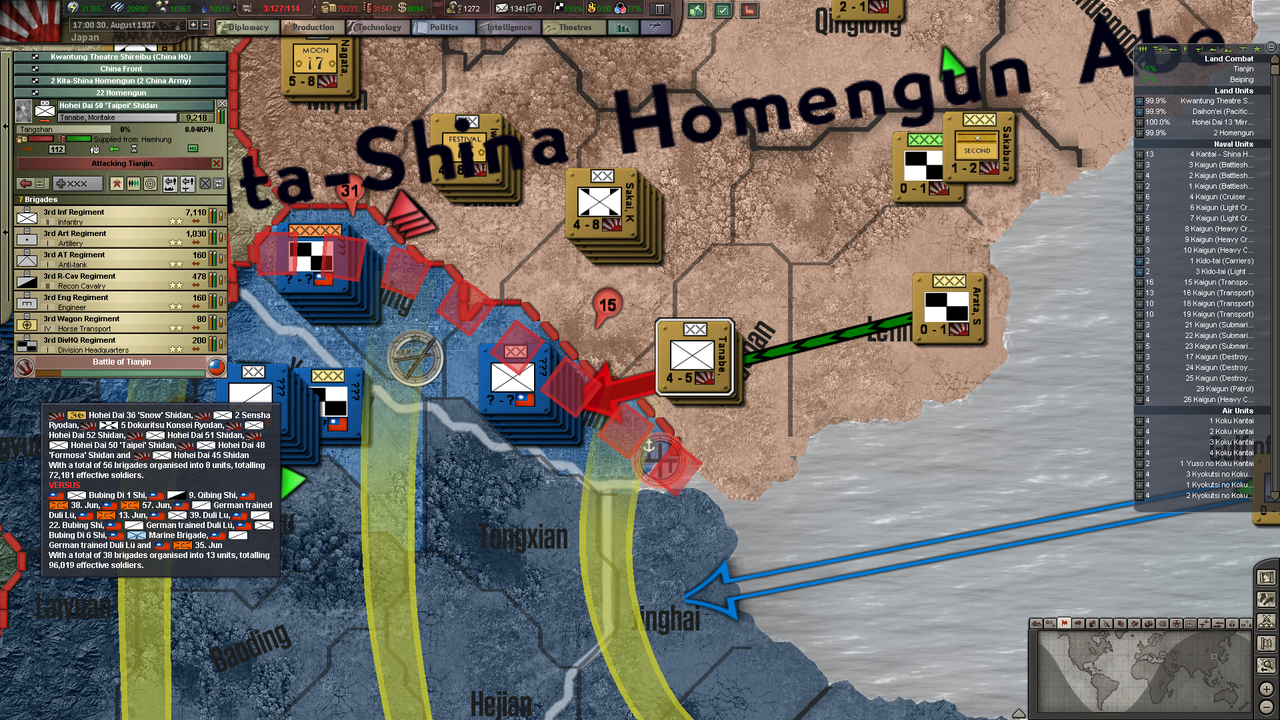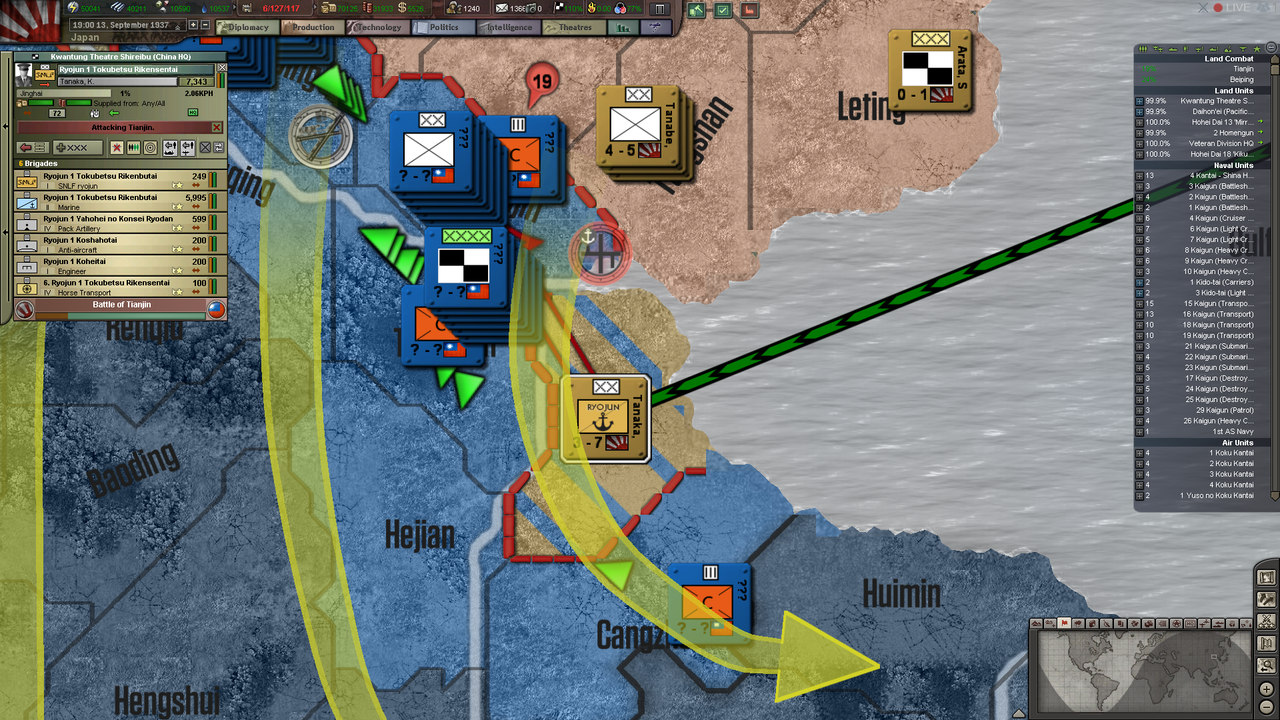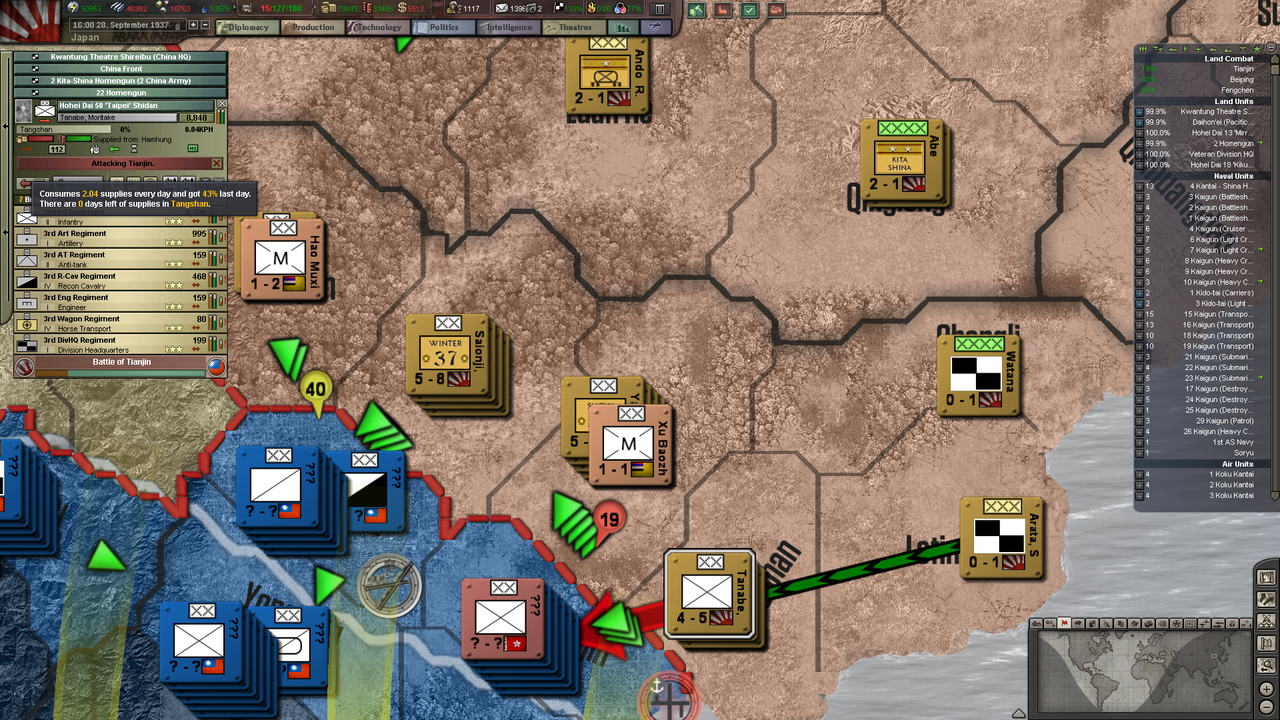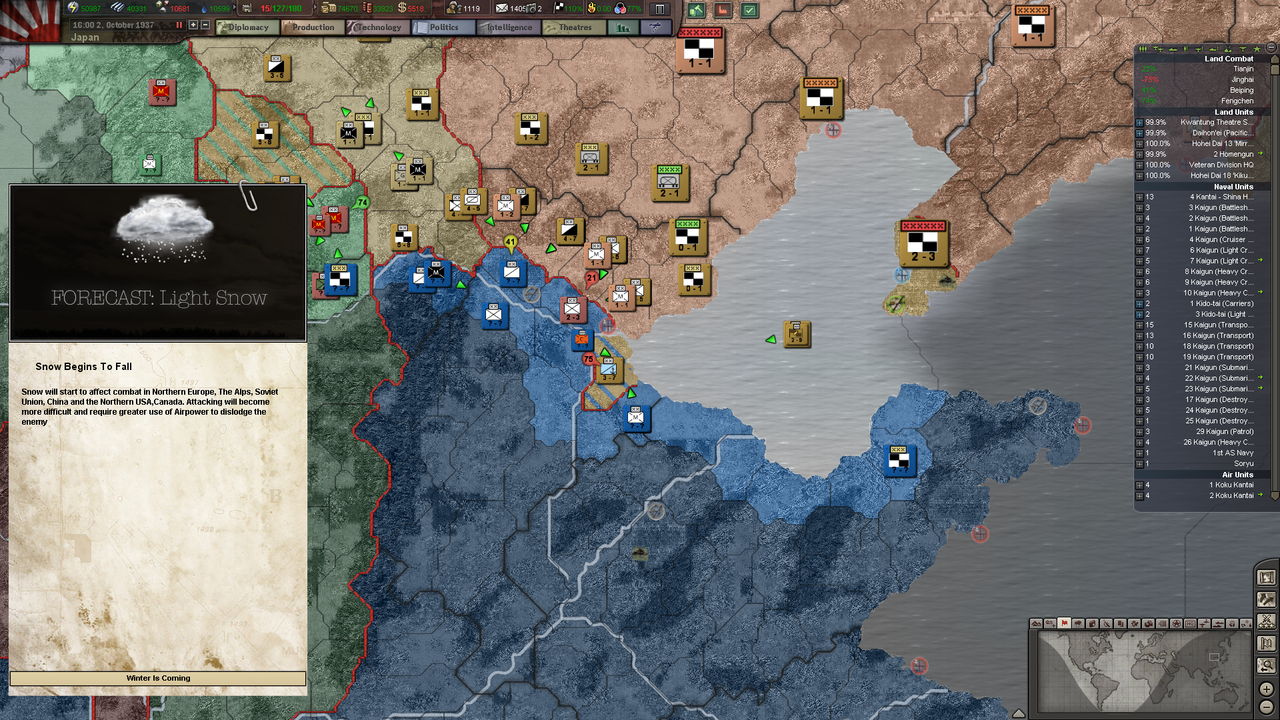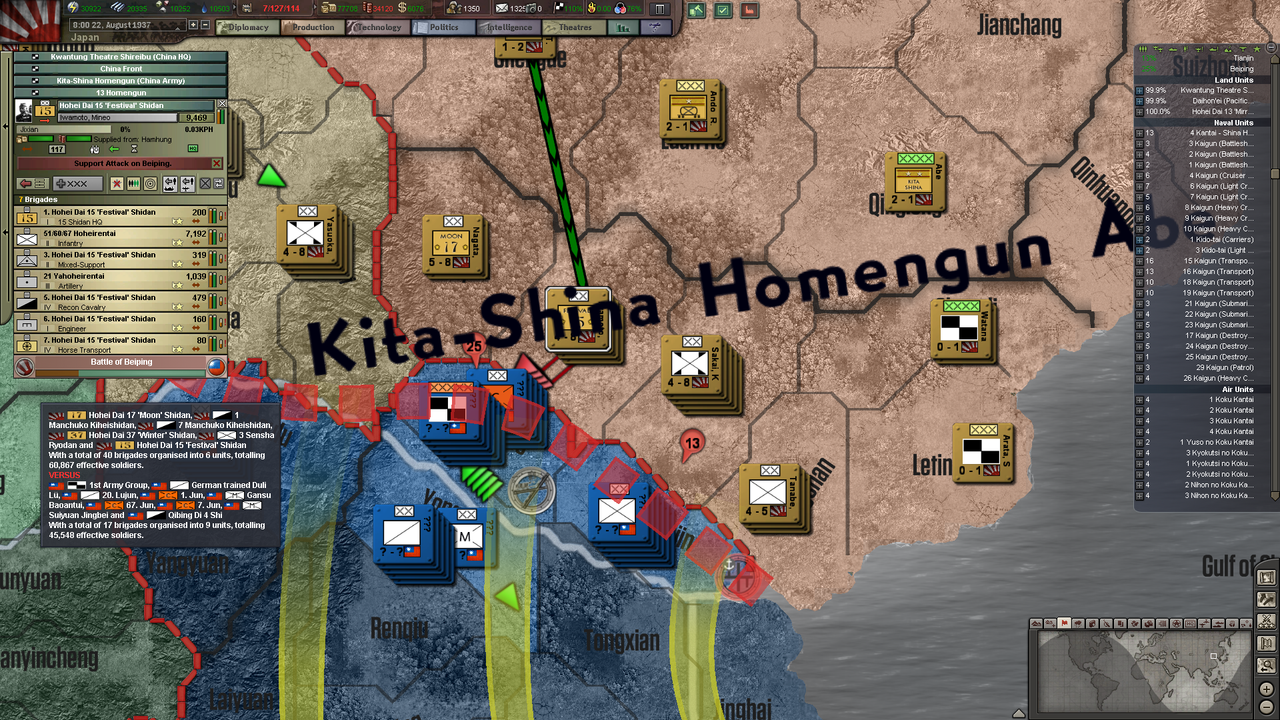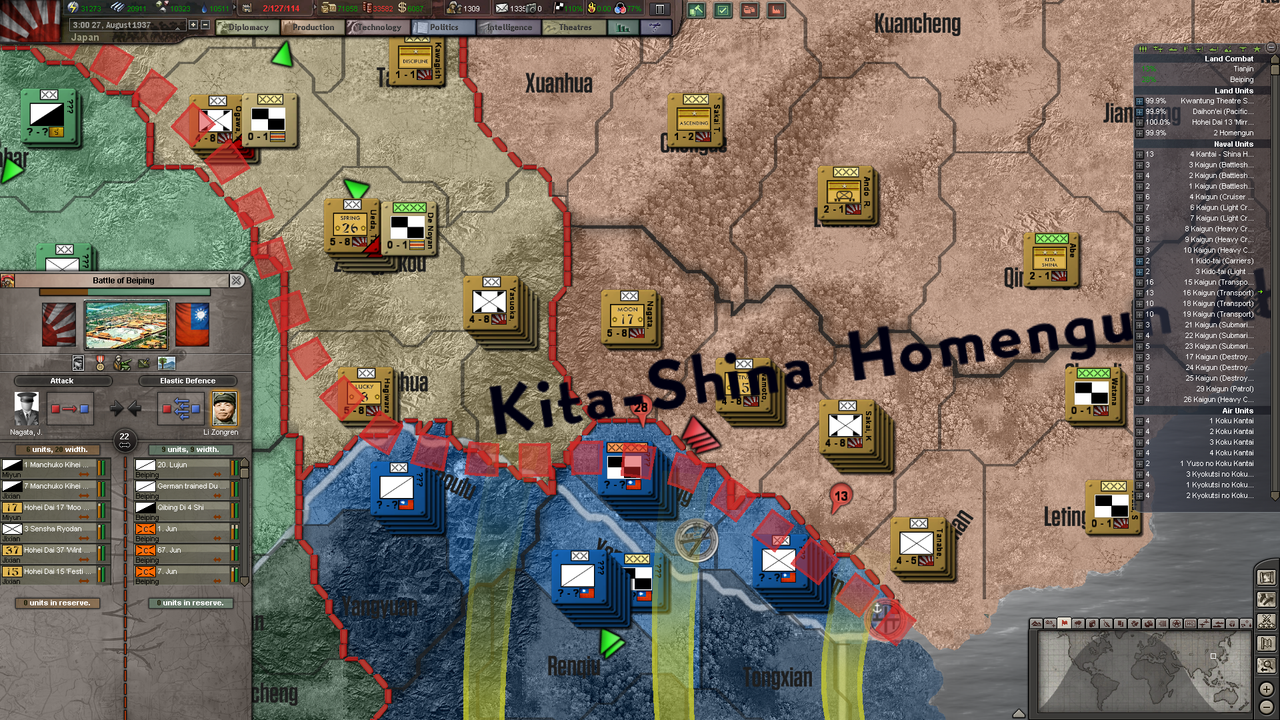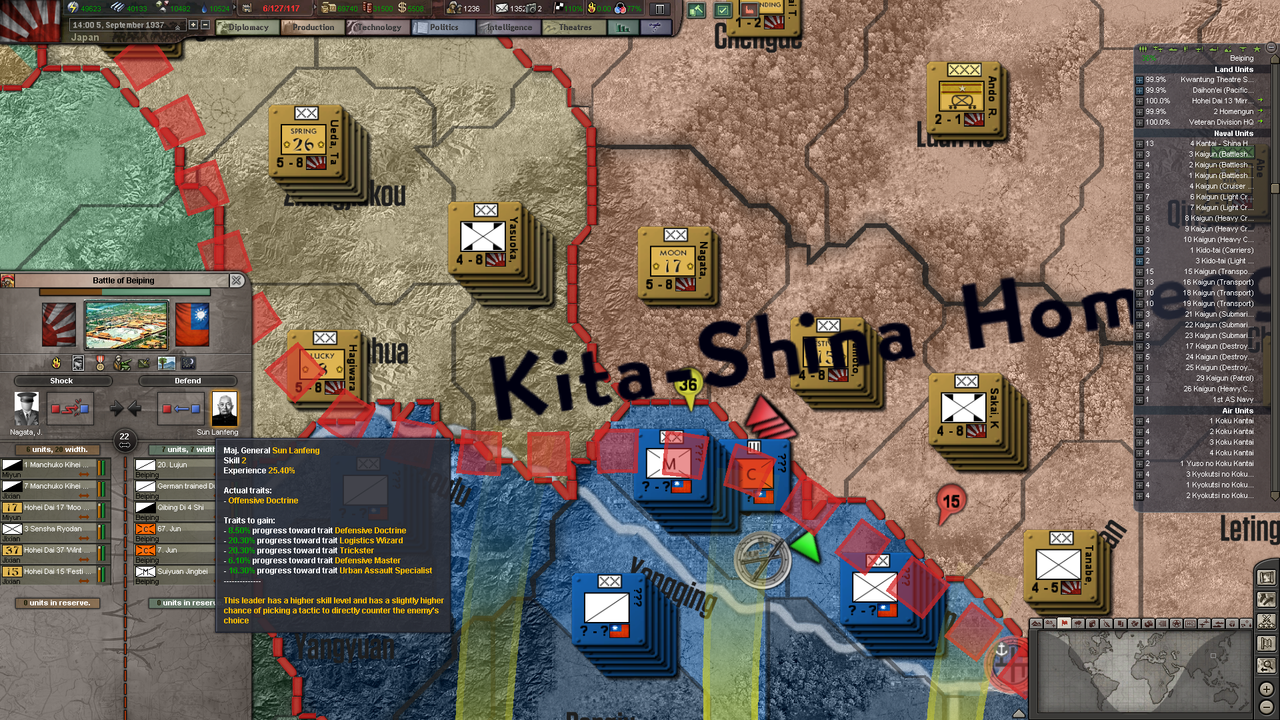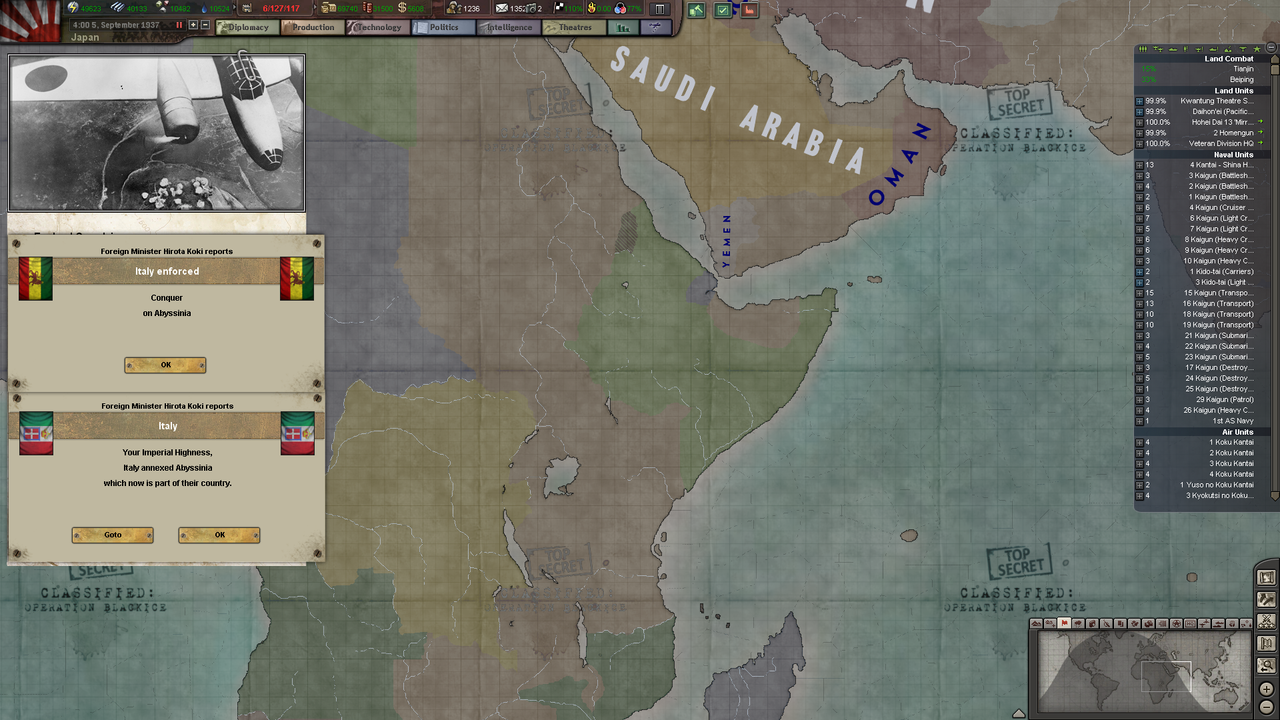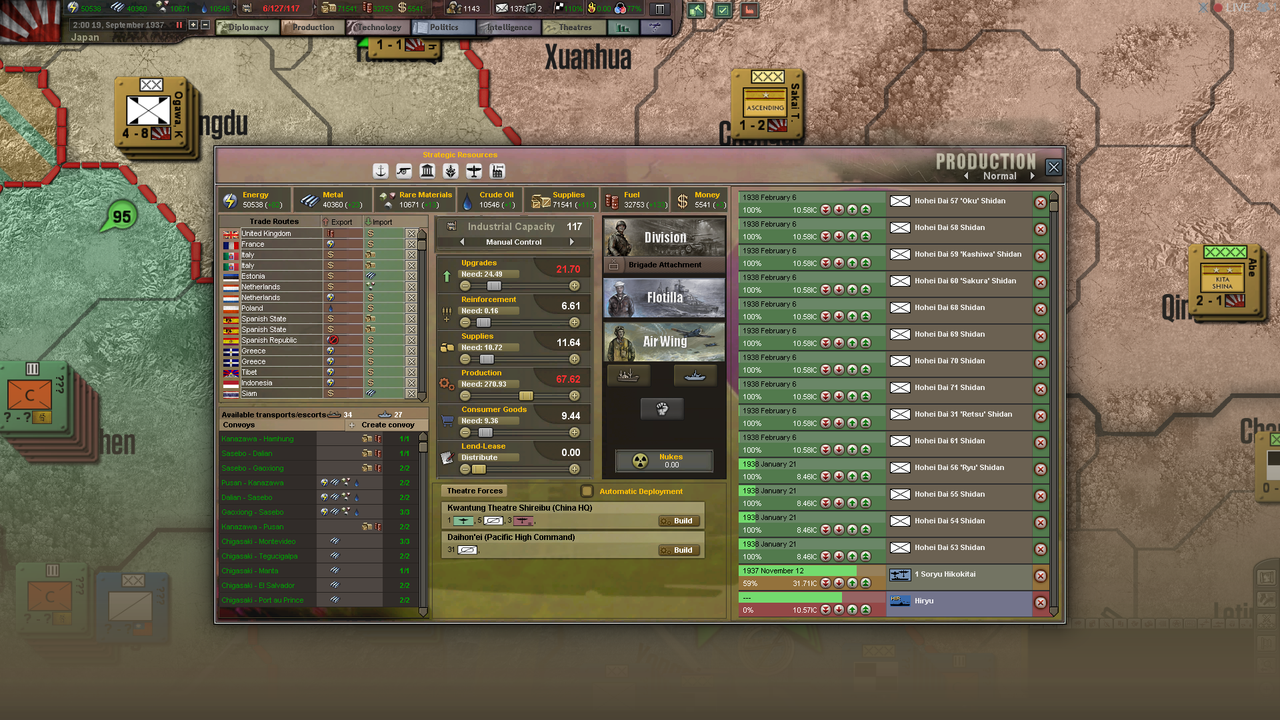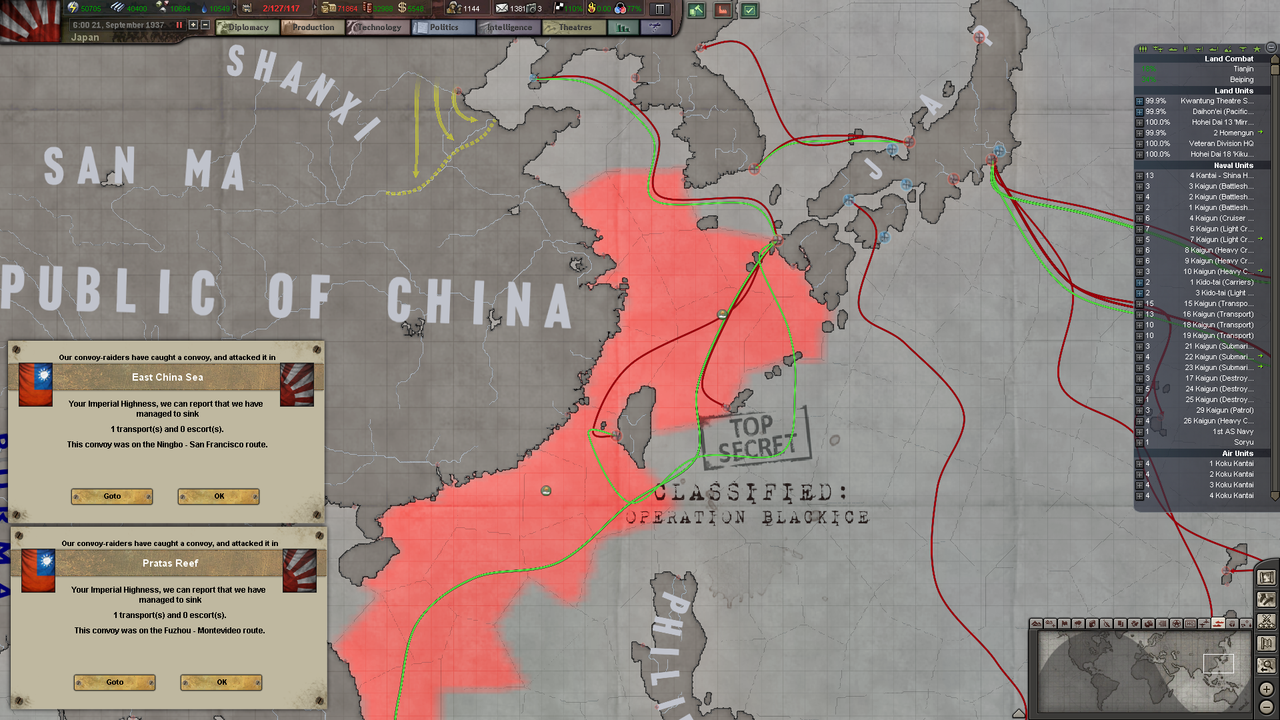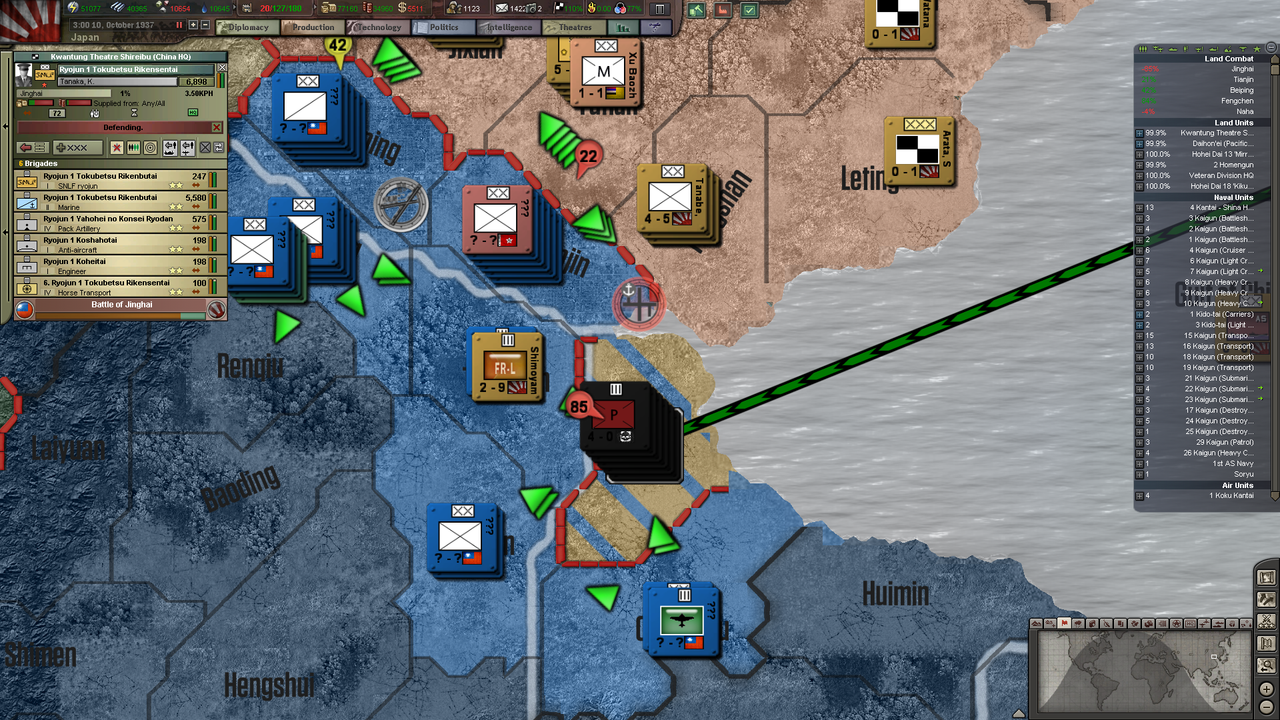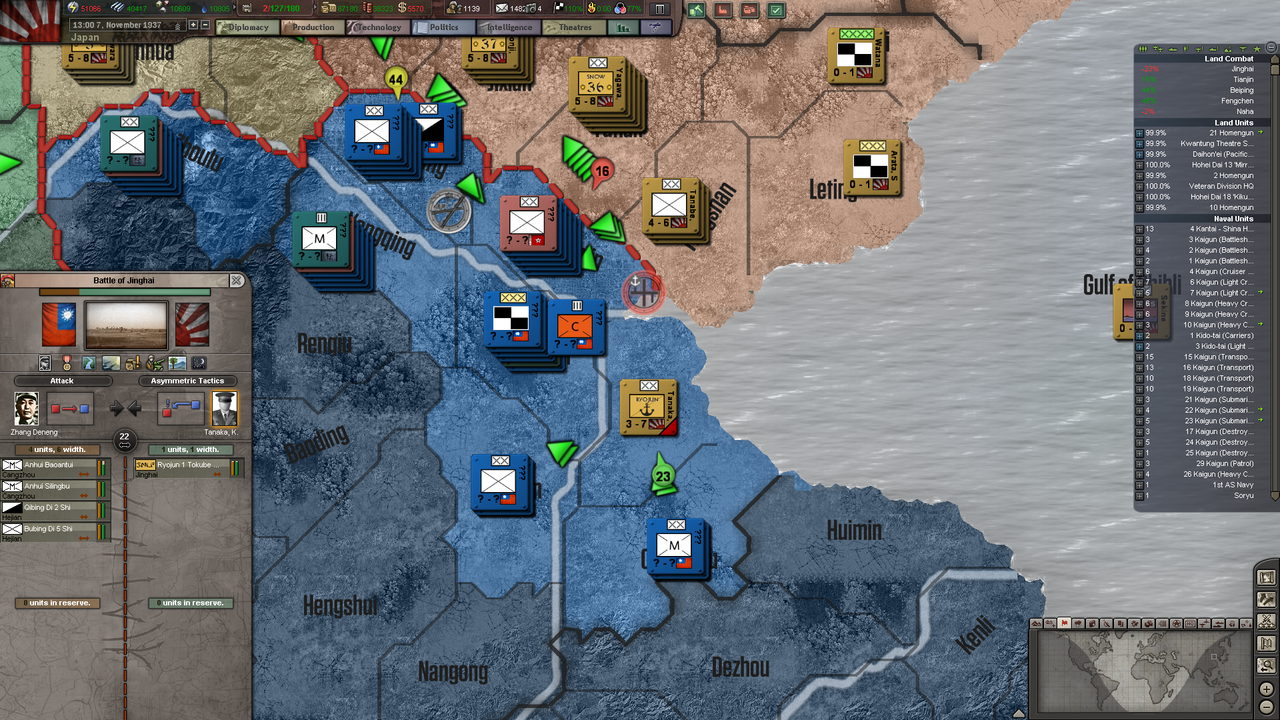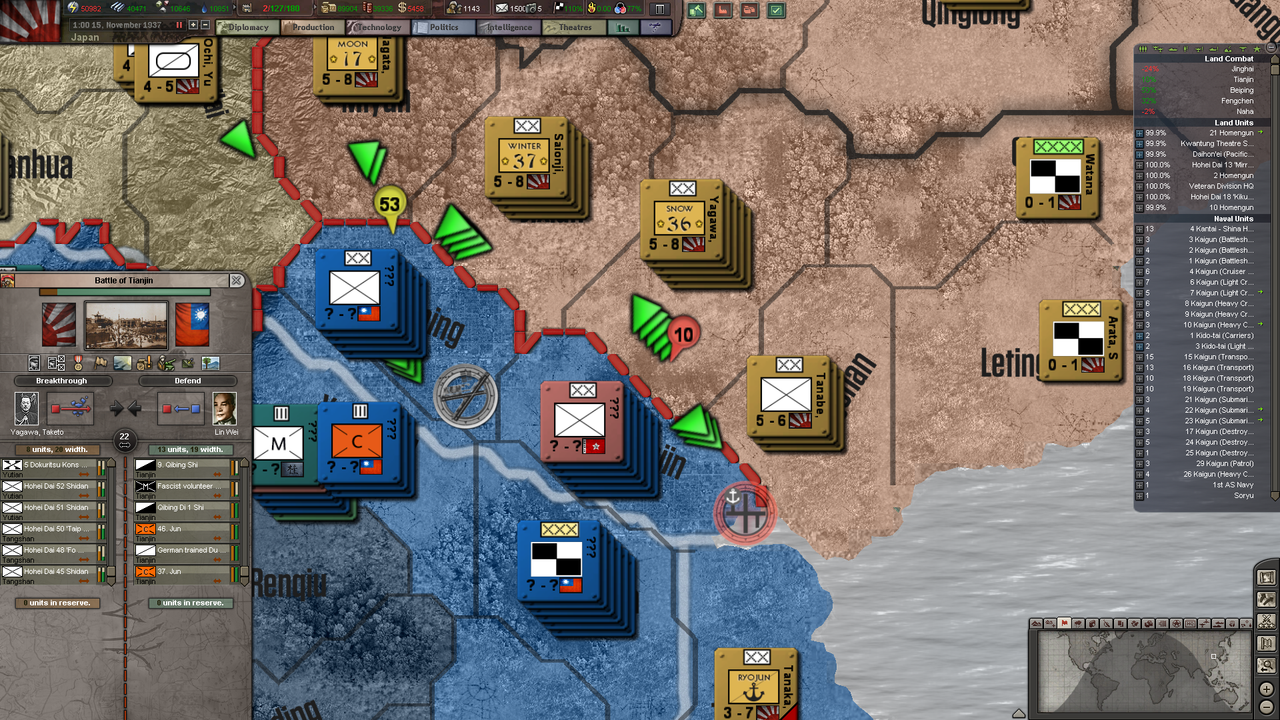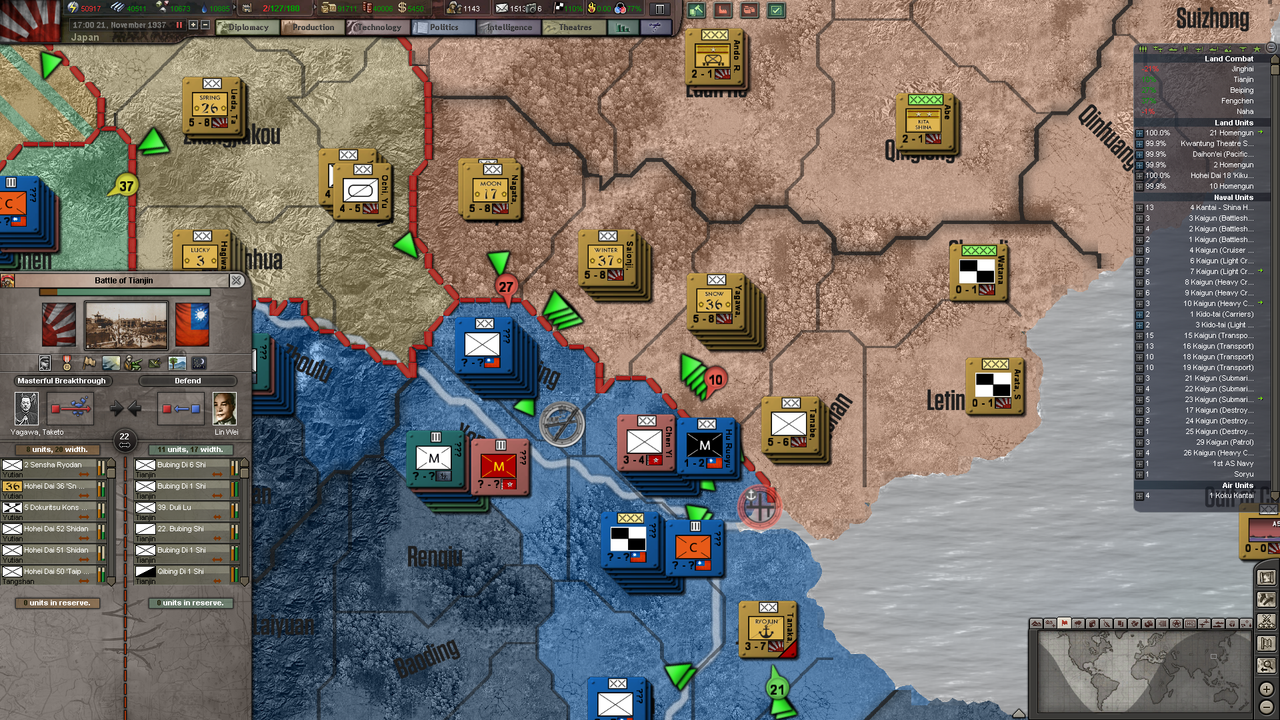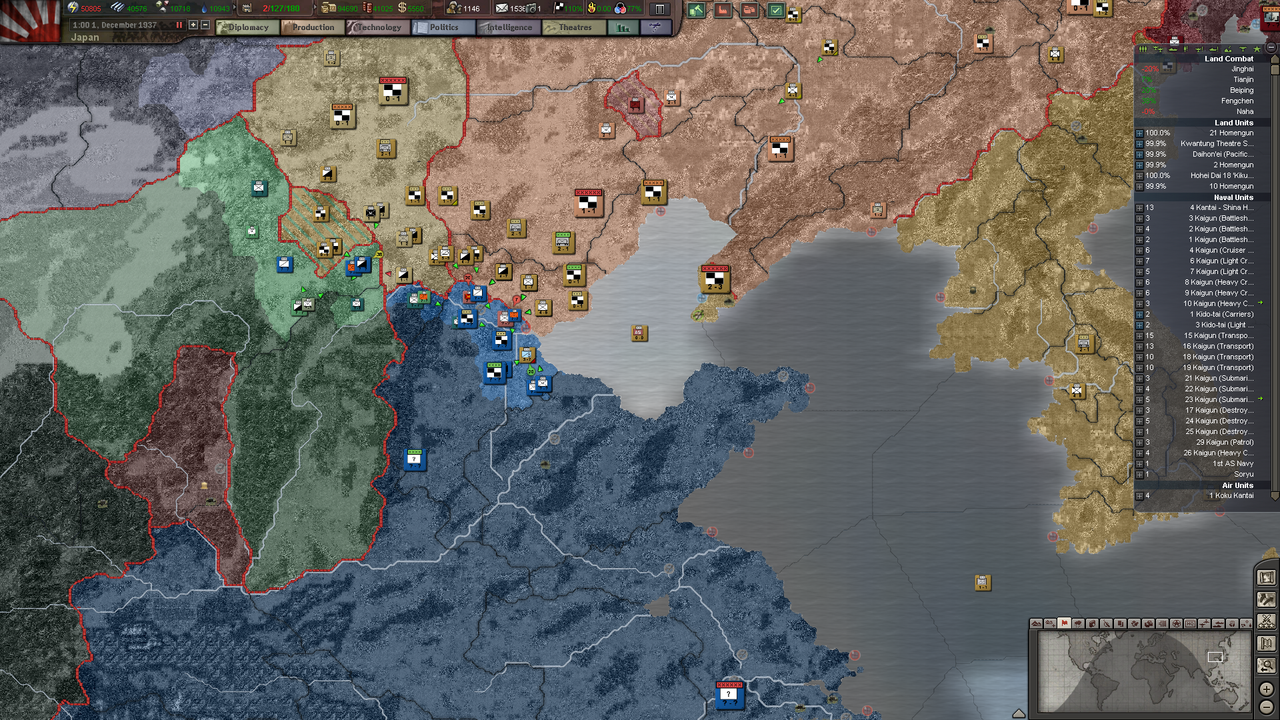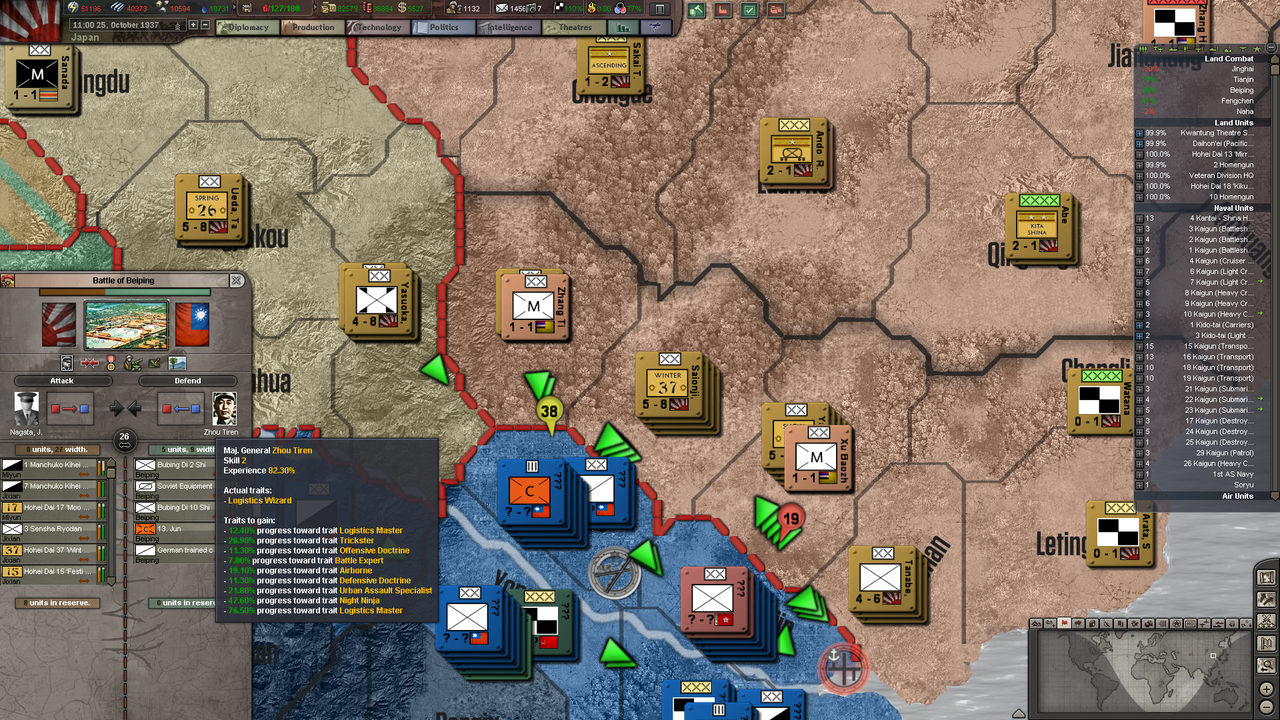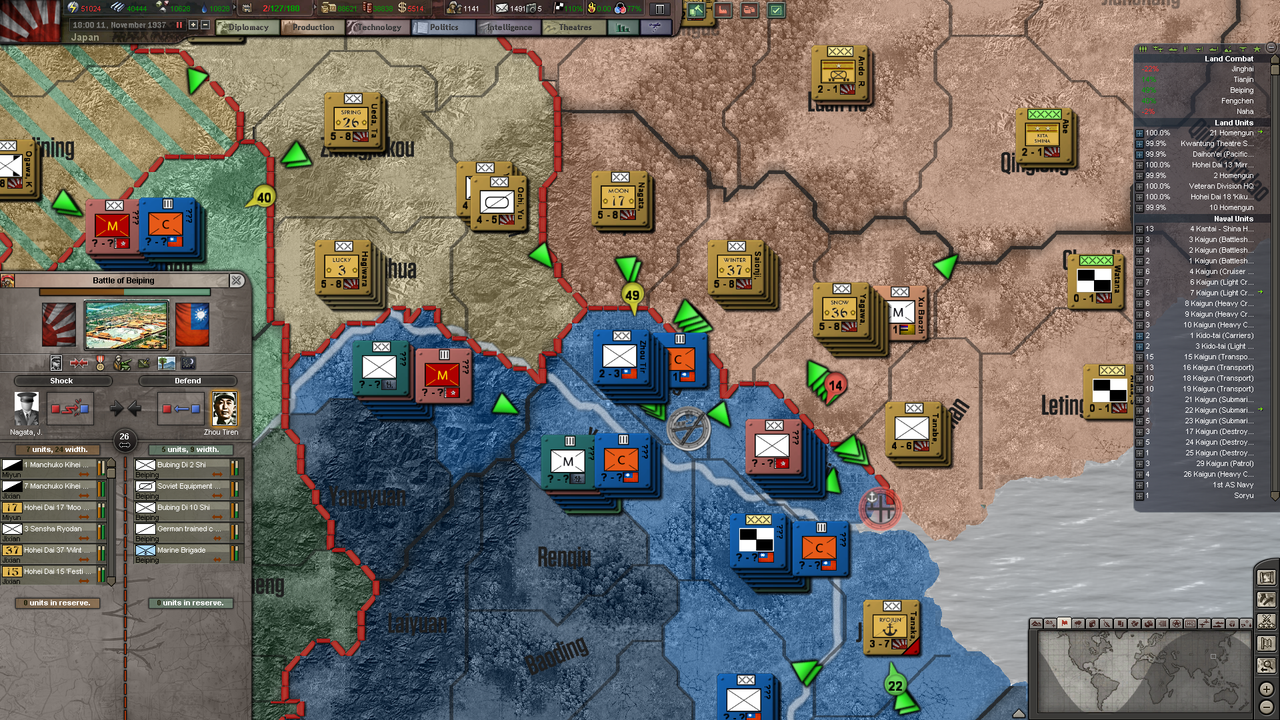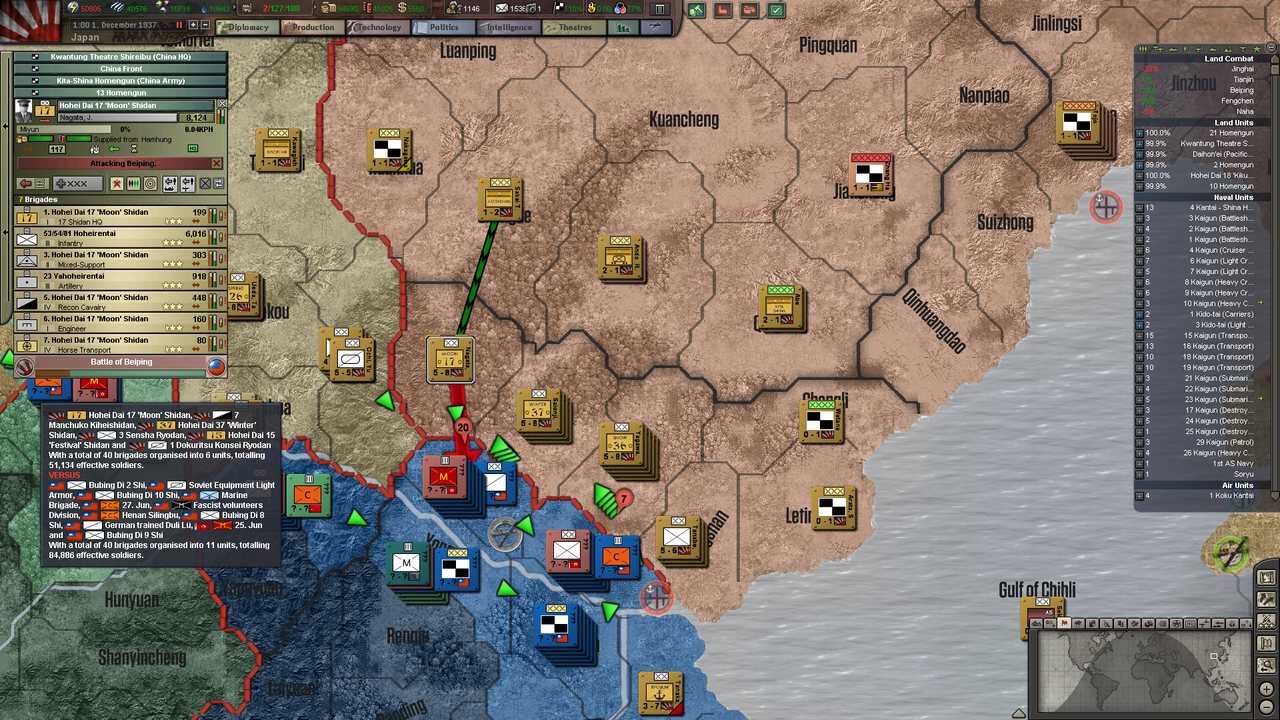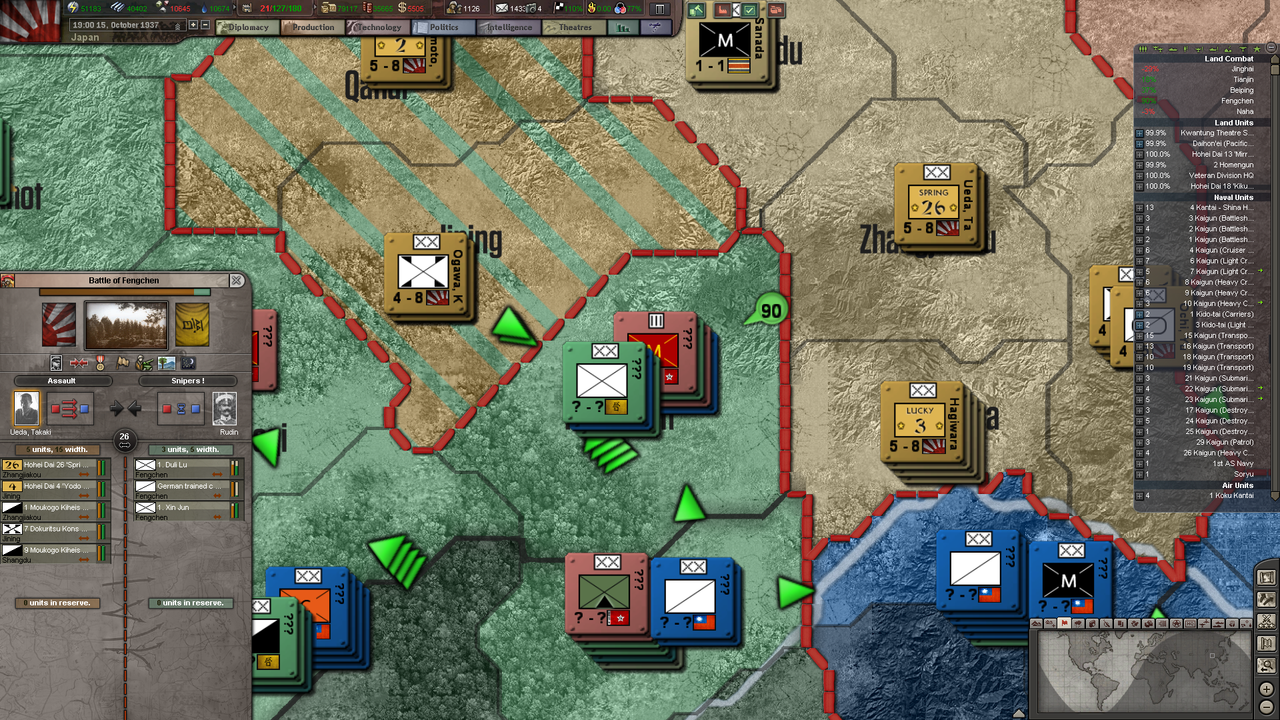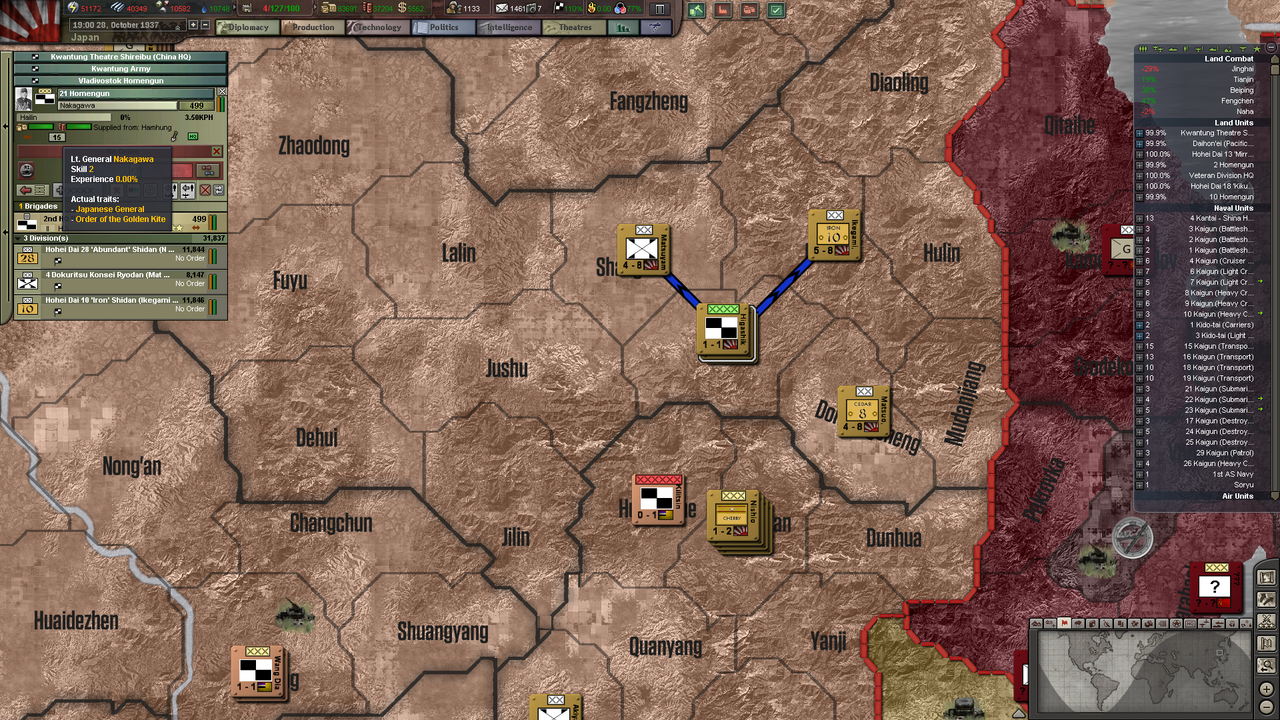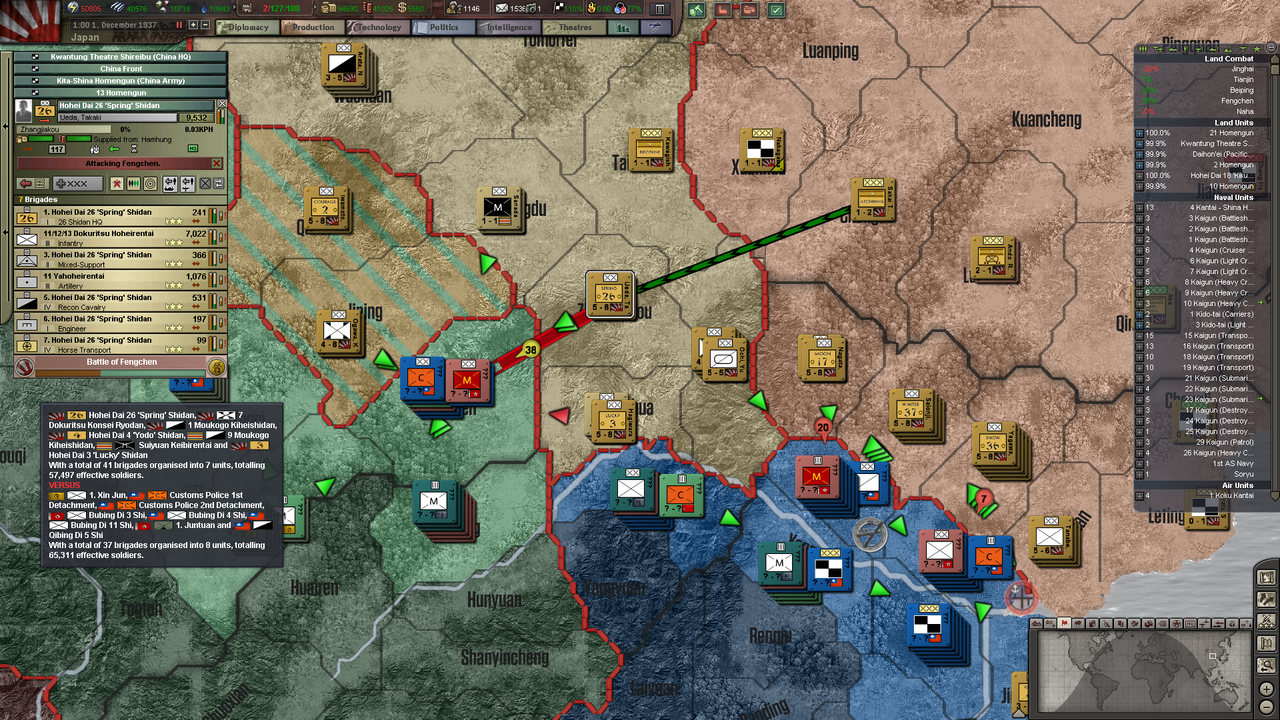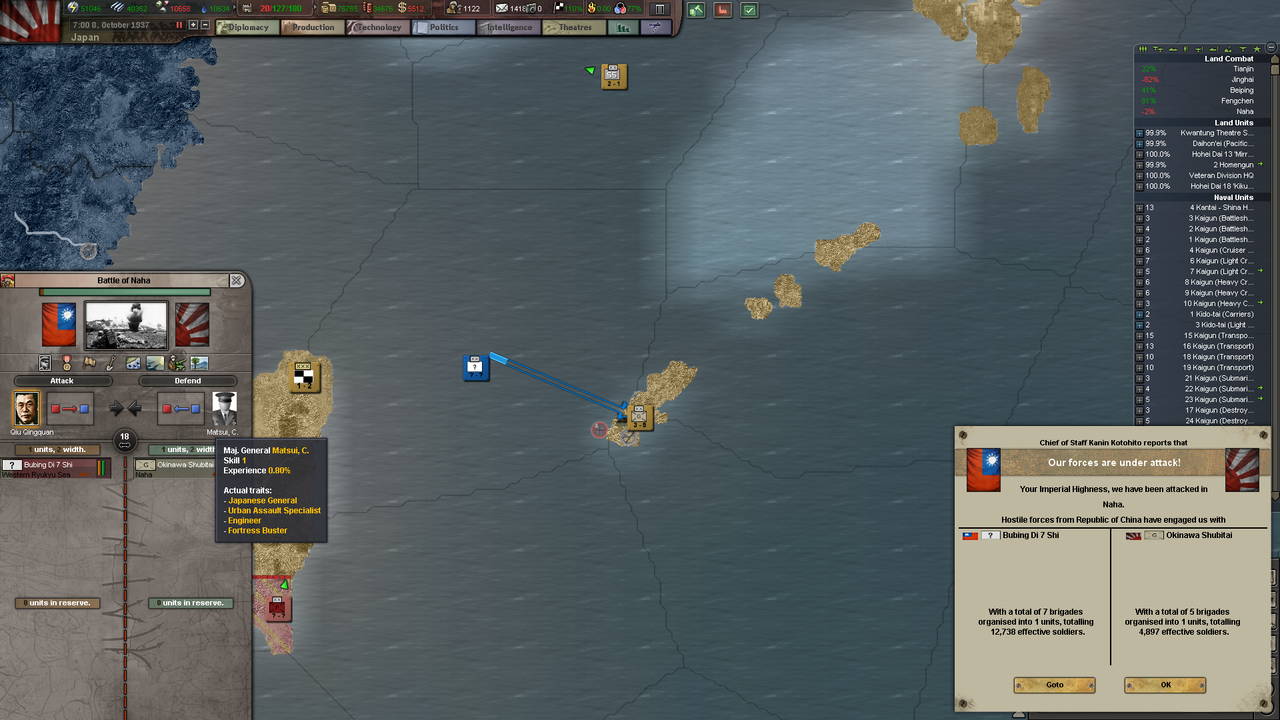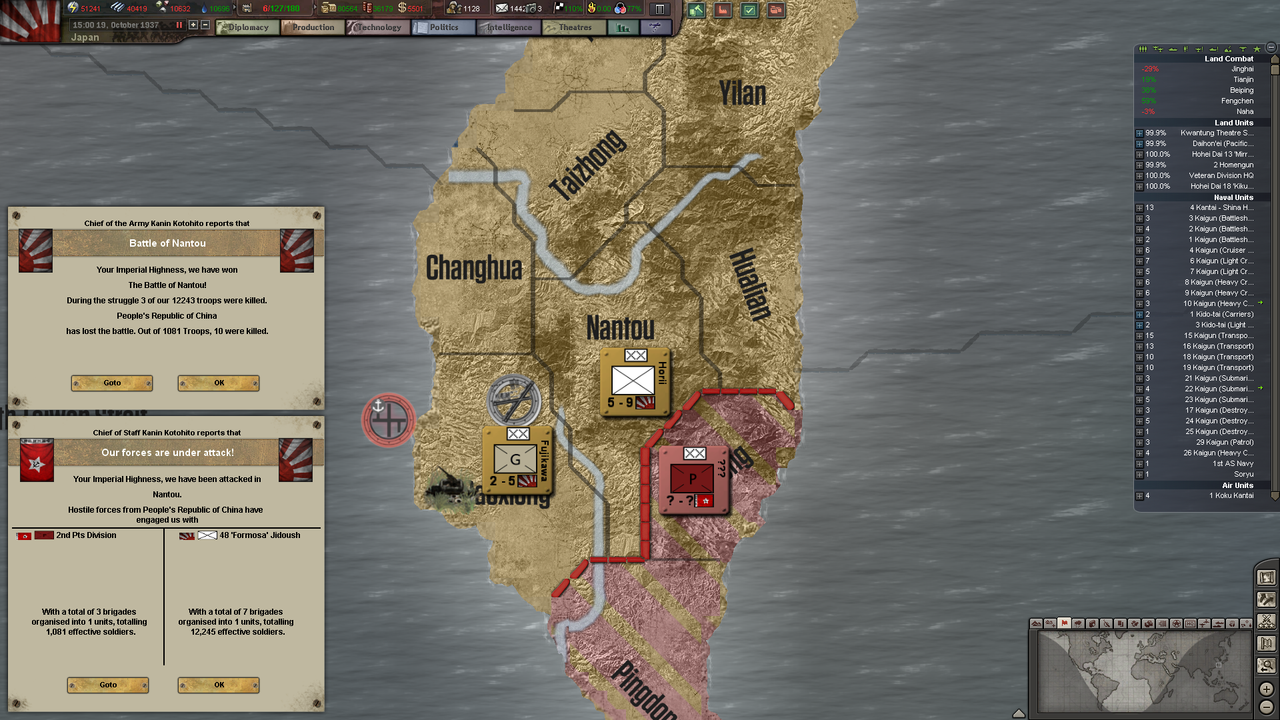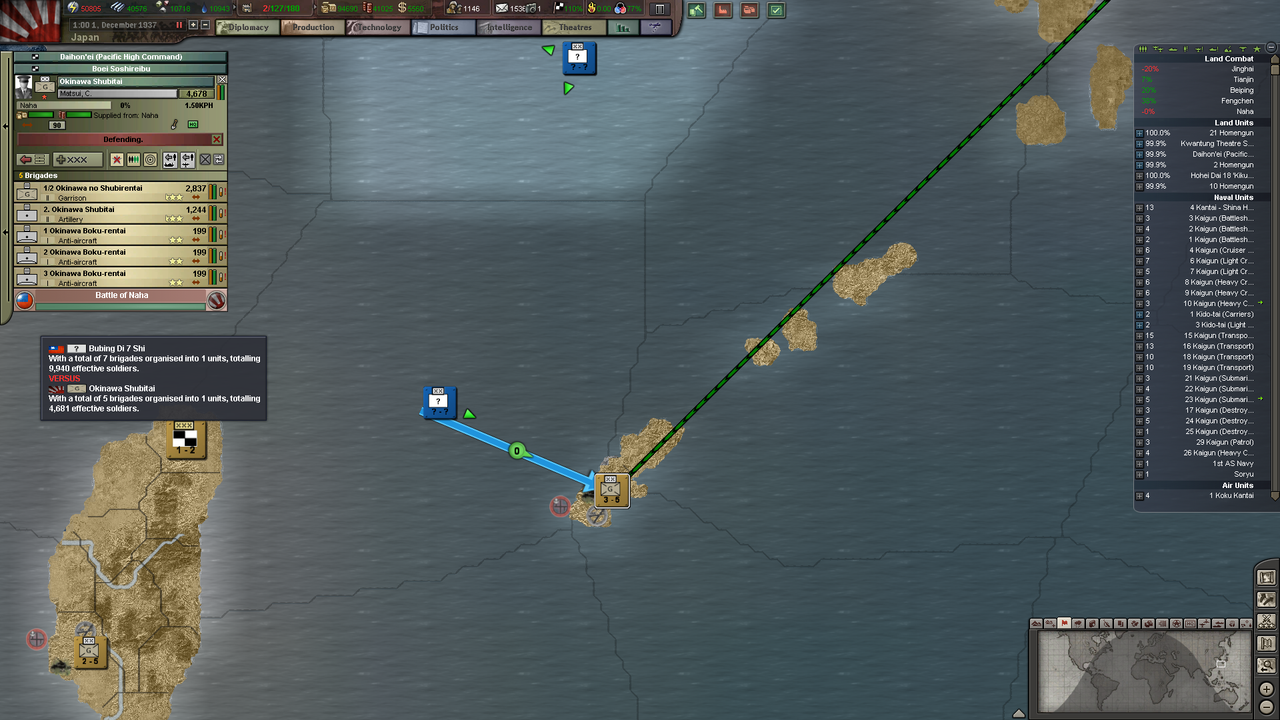Introductory Post + Part 1, The Army Reorganisation and a Coup
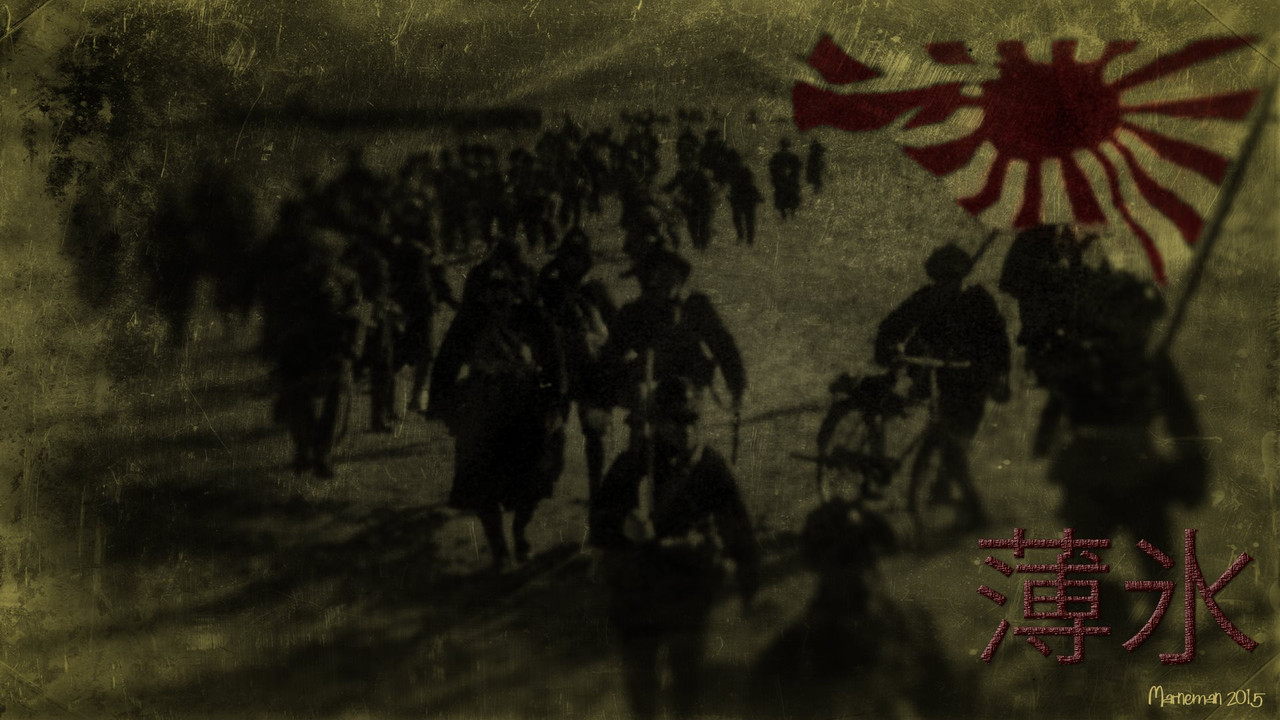
The Pacific Empire
To new readers:Don't judge the first 13 parts too hard, from part 14 and on it gets better.
Note: This AAR is currently going through a restoration project, as the images broke due to some issues with postimg. Whilst I'm at it I intend to take steps to make it more readable and hopefully improve its design format. (Restoration currently reaching chapter 8 - 31/5-2018)
Major Parts:
Part 1 - The Army Reorganisation and a Coup
Part 2 - A Year of Preparations
Part 3 - Beiping and Tianjin, Sub-part 1, Sub-part 2, Sub-part 3
Part 4 - More Static Fighting, Sub-part 1, Sub-part 2, Sub-part 3
Part 5 - "Forgot to name it", Sub-part 1, Sub-part 2, Sub-part 3
Part 6 - "Forgot to name this one too"
Part 7 - The Invasion of the Shandong peninsula
My "Realistic Rules" and Part 8 - The Invasion Continues
Part 9 - The "Incirclement Hunt"
Part 10 - The Start of a Breakthrough
Part 11 - Two Months Of Success
Part 12 - Some Success, Some Failure
Part 13 - Familiar Commanders In Action Again
Part 14 - The Foundation Of Operation Overload
Part 15 - Some Months Later, Sub-Part 1, Sub-part 2
Part 16 - The Follow Up Of Operation Overload, Sub-Part 1, Sub-Part 2, Sub-Part 3
Pausing The AAR (Not a part, but still valid for this list I think)
The Return of The Pacific Empire (It's back!)
Part 17 - The Decisive Blow
Part 18 - Two Important Victories
Part 19 - Operation Wildcat
Part 20 - Capital in Sight
Military Situation Update - January 1940
Part 21 - The Fall of Chongqing
Part 22 - Cugging on to Changde and Chengdu
Part 23 - Uniting the Coast
Additional Major Parts:Timeline (Currently updated to January 1938)
Additional Small Parts:Very Brief Explanation Of Spanish Nationalist Strategy (No Strategy Is Best Strategy) Spring '39
Intelligence Reports From China, July and September '39
Part 1 - The Army Reorganisation and a Coup
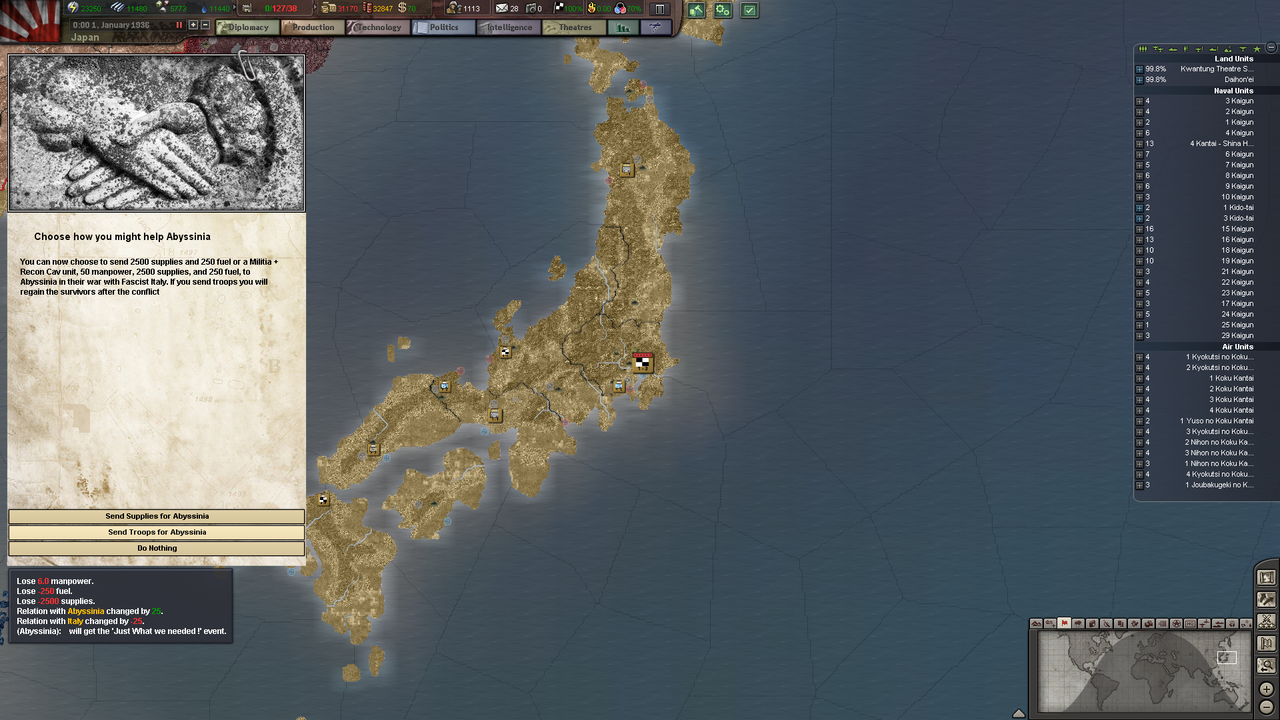
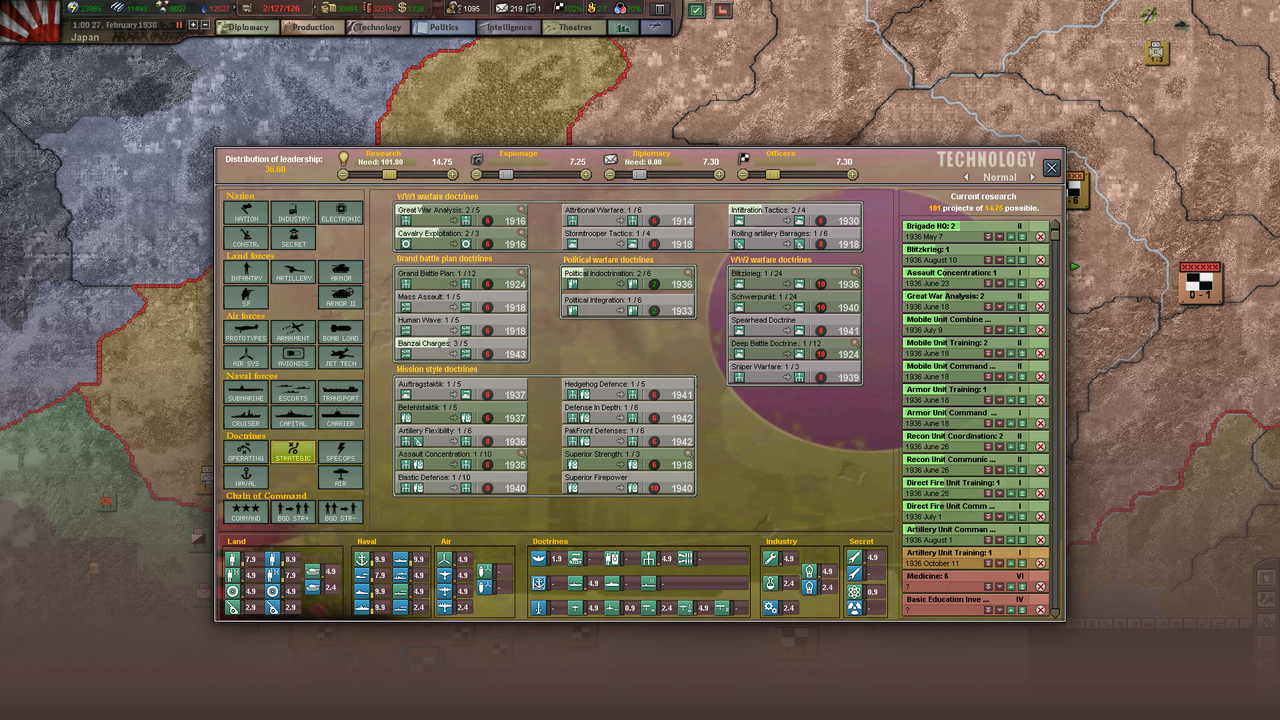
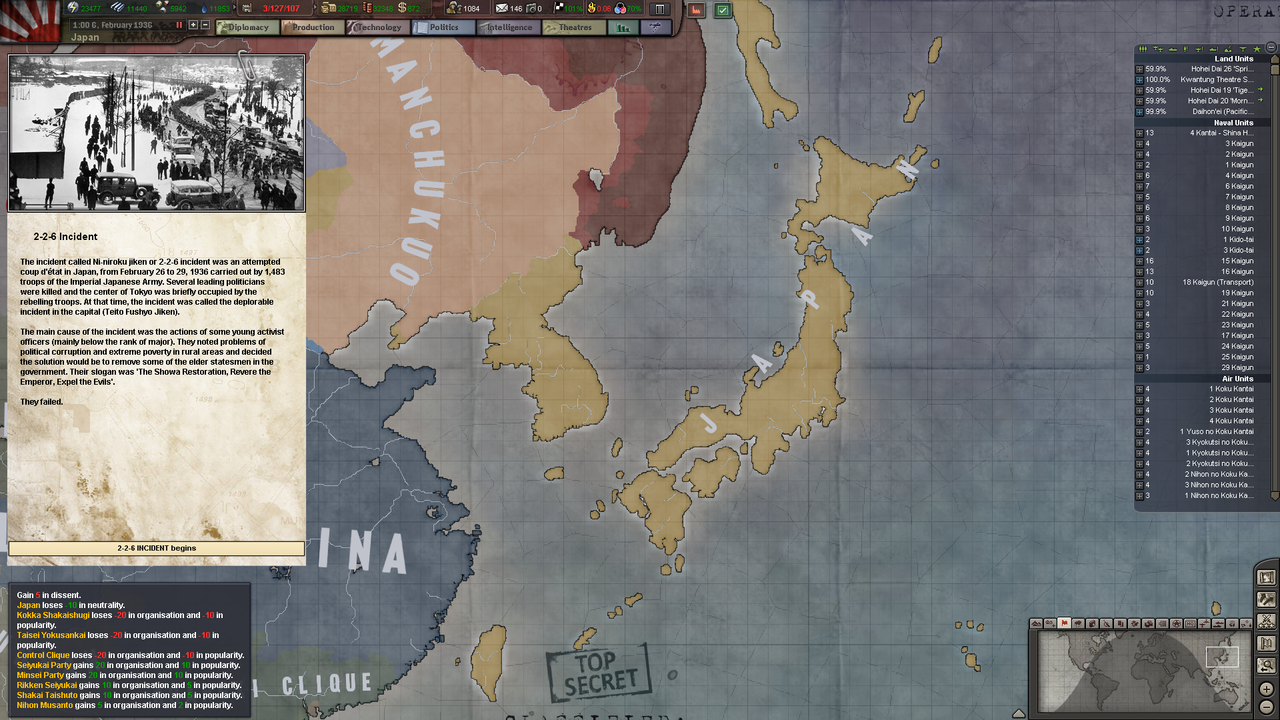
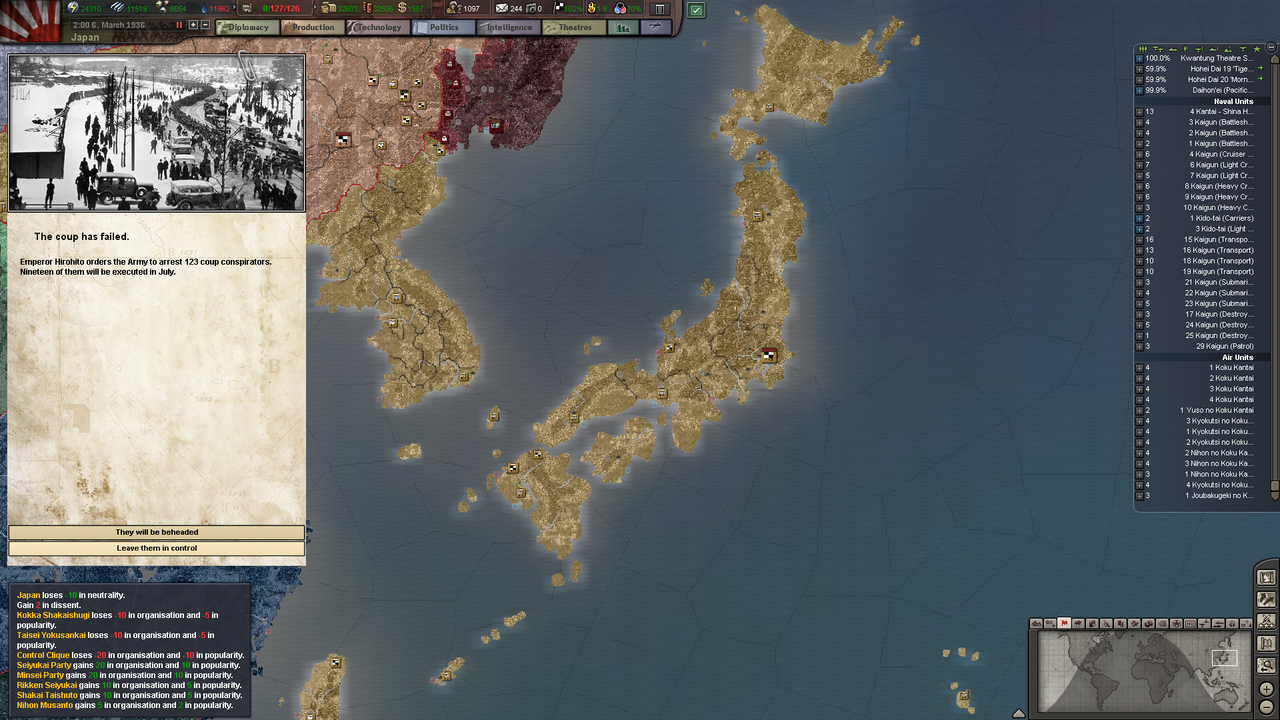
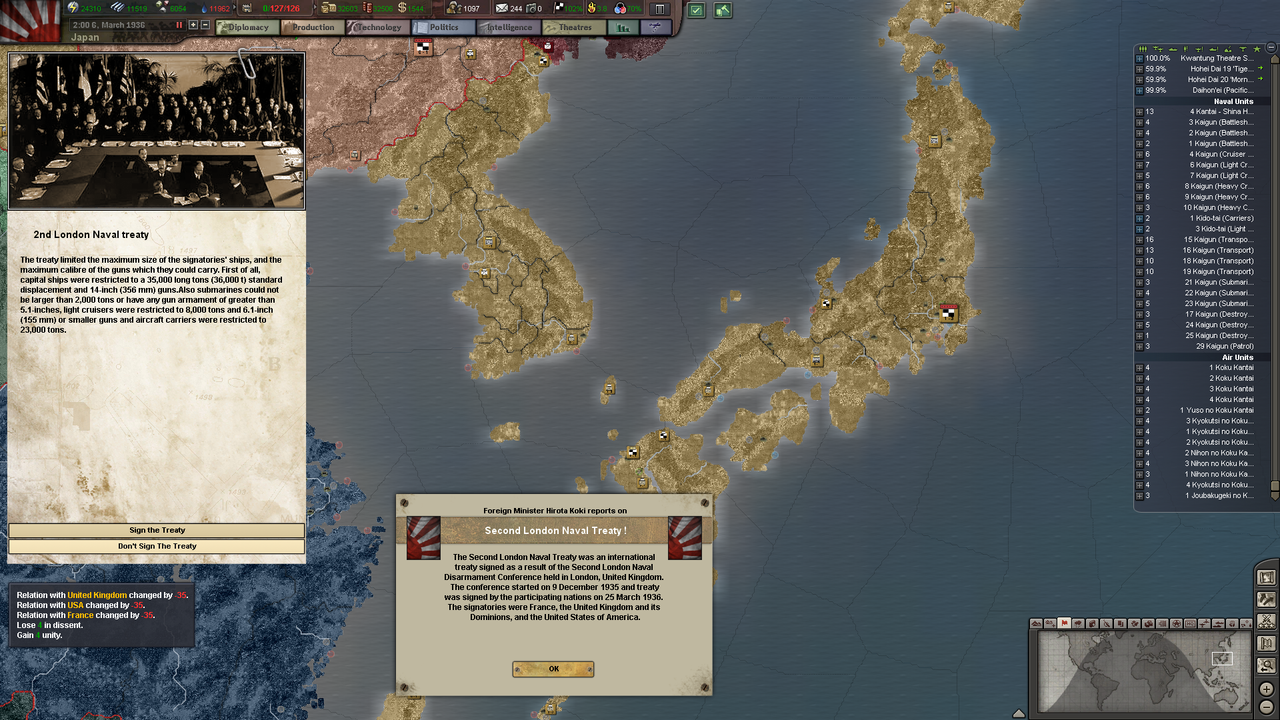
Important positions at the moment:
The Kwantung Theatre: Kanin Kotohito
The Kwantung Army: Aizawa Takase
The China front: Tojo
Kita-Shina Homengun: Abe
1st Armoured Division: Ochi Yuuichi
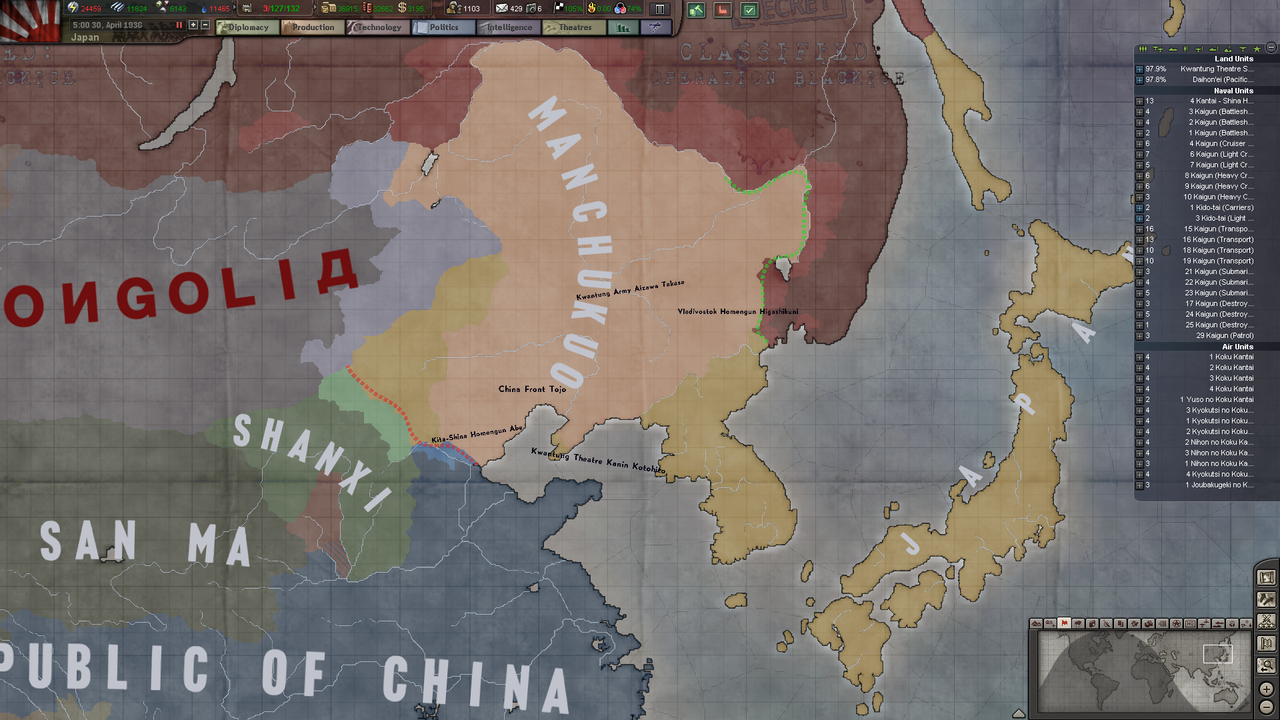
Last edited:
- 1


